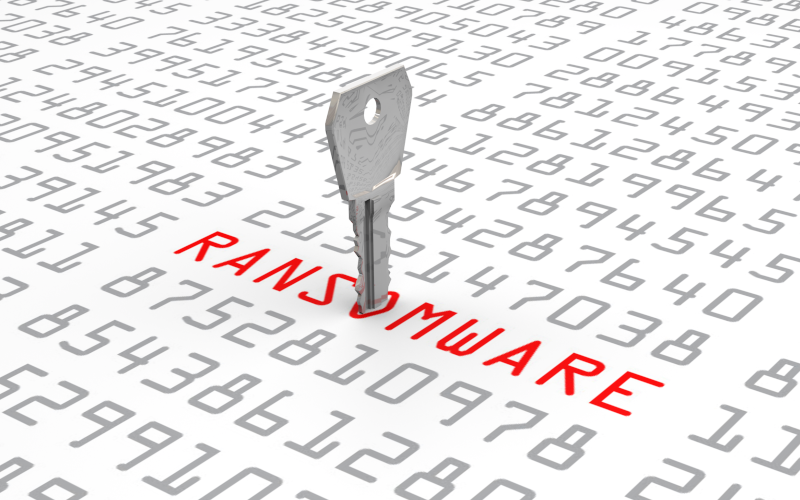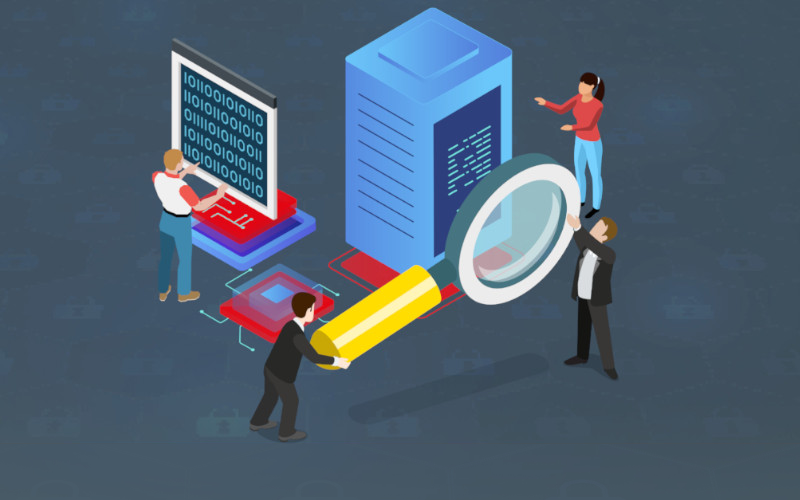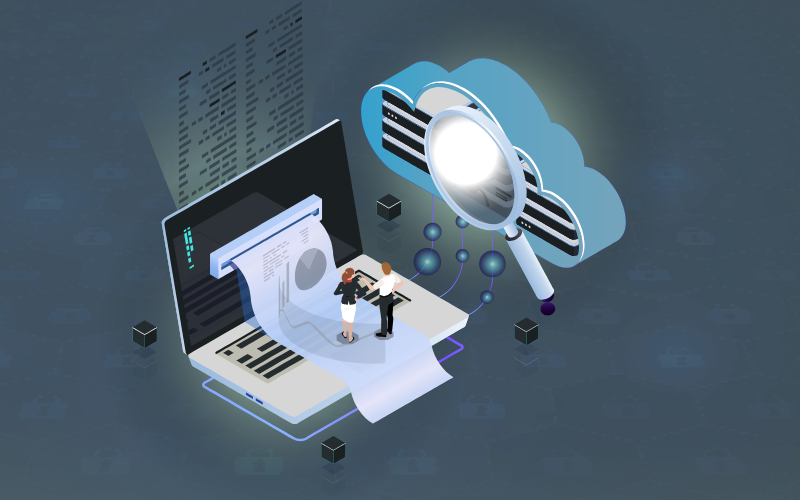
LockBit ransomware has rapidly evolved to become one of the most prolific threats of our time. Its technical sophistication, evidenced by the development of tools, such as StealBit, for automated data exfiltration and its adaptation to attack Linux servers, specifically ESXi, demonstrate the advanced adaptability and potential impact on affected organizations.
In addition, the implementation of a ransomware-as-a-service (RaaS) model and double extortion tactics underscore the complexity and coercive nature of their campaigns. The response to this threat, however, has culminated in a collaborative law enforcement effort that has succeeded in dismantling LockBit's infrastructure, leading to the arrest and indictment of several of its operators. In this article we focus on the version of LockBit 3.0, presenting its main features and the current tools for recovering data in case it has been compromised.

Within the framework of RPKI security infrastructures, ROAs are crucial components in the defense of cyberspace, providing authentication and verification mechanisms for routes vital to the security of Internet routing. Despite its undeniable benefits, creating and maintaining ROA has its own set of challenges and considerations. This article explores the relevance of ROAs, examines their inherent challenges, and underscores the importance of secure implementation and management to strengthen Internet resilience.

The changing dynamics of the work environment and the increasing reliance on cloud-based solutions have catapulted Secure Access Service Edge (SASE) systems into the spotlight in the cybersecurity world, offering the possibility of integrating network security and access management into a cloud-based solution, offering flexibility and protection.
This article delves into the architecture and philosophy behind SASE, explaining how it redefines security and access in cloud systems.

The Resource Public Key Infrastructure (RPKI) is essential for Internet routing security, as it provides a method to securely connect IP addresses to autonomous systems (AS) by validating route information.
RPKI effectively prevents BGP Hijacking-type attacks, where potential attackers maliciously redirect Internet traffic. This article aims to explore the design, implementation, and benefits of using RPKI to ensure security and authenticity in Internet routing.

Managing and predicting vulnerabilities has become an essential task for cybersecurity. The Exploit Prediction Scoring System (EPSS) is a methodology launched in 2019, which uses algorithms and threat intelligence data to predict the likelihood of a specific vulnerability being exploited by threat actors in a short space of time.
In an environment where organizations are faced with an increasing number of vulnerabilities, EPSS effectively prioritizes responses to vulnerabilities based on their risk of exploitation. Through meticulous information collection and analysis, this system offers an efficient view of the threats affecting the business, allowing organizations to act proactively. This article focuses on understanding EPSS, how it improves security posture, and best practices for its implementation.

The Border Gateway Protocol (BGP) is fundamental to the functioning of the Internet as we know it, as it serves to route data flows along the optimal routes, through several different hops (or IPs). However, it was not designed with security by design, which opens the door to hijacking BGP-type threats.
Through these types of attacks, malicious actors can redirect traffic, causing data loss, such as in Man-in-the-Middle, among others. This article explores in depth these types of attacks, their impact, and the countermeasures available through mechanisms such as RPKI, IRR, and ROA.

This article introduces how ESXiArgs operates, and offers an approach to identifying and addressing the threat. Examining the characteristics and behaviours of ransomware, it provides detailed insight into the tactics it uses and how these can be detected in a vulnerable environment. It also explores strategies and best practices for cleaning and disinfecting compromised systems, restoring trust and security to the affected infrastructure.

Firmware analysis can help to uncover potential vulnerabilities that would otherwise never have been discovered.
Although there are multiple types of attacks on IoT and IIoT devices, this guide focuses on the firmware of these devices to check for potential vulnerabilities, using security testing and reverse engineering to allow for an in-depth analysis of the firmware.

With this study, we seek to offer a deep knowledge about the reconnaissance activity in cybersecurity, so that professionals from different fields can consider these tactics as an integral part of their security strategies. This study also aims to increase general understanding of these techniques and how they can be used to effectively protect information and systems.

The history of cybersecurity is marked by names that have left an indelible mark on the field of digital threats. Among them, Maze, Egregor and Sekhmet stand out as notable ransomware variants, whose similarities go beyond mere coincidence.
In this article, we will unravel the tactics these ransomwares employed, the encryption mechanisms they used, and the evasion and propagation strategies they employed. The review of these malware will offer us a deeper insight into the persistent threat of ransomware, as well as the importance and need to strengthen our cybersecurity posture.



